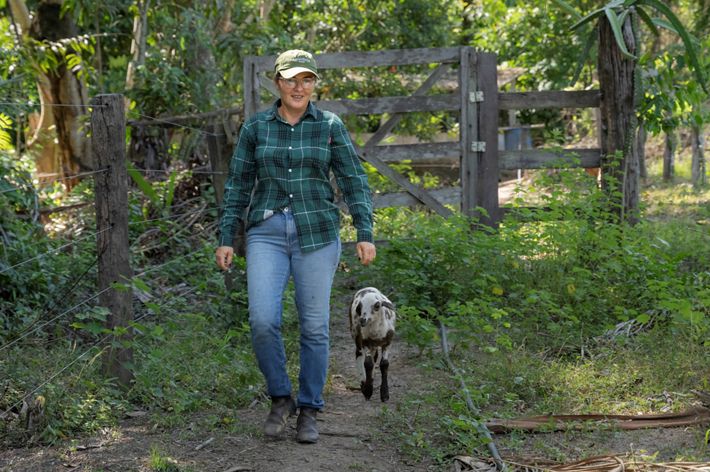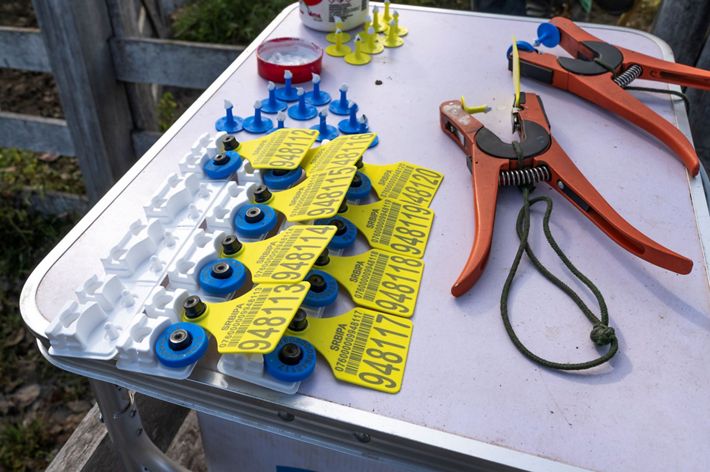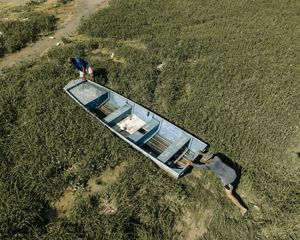Tag the herd, protect the Amazon
Traceability models show the way to deforestation-free food.

Maria Gorete Rios, known locally as “Dona Gorete,” runs a small farm called Sítio Rancho da Pedra in the municipality of Novo Repartimento deep within the Amazonian state of Pará in Brazil. Most of her farm is dedicated to grazing cattle, but she also cultivates cocoa, acai, cassava and more across her 78 hectares. And this year, she added another feather in her cap: she made history as the first rancher in the state of Pará to adopt individual cattle identification using ear tags for her small cattle herd.
Tagging cattle is a routine part of animal husbandry, but here it signals something bigger: it is proof that deforestation-free beef can become a reality in the Amazon.
Across the globe, agriculture is the biggest driver of deforestation—roughly 70–80% worldwide—and commodities like beef, soy and palm oil are the primary drivers. This is a particular challenge in Latin America, which is both the world's largest food exporter and home to 40% of the world’s biodiversity and a third of its fresh water.
Enter the Pará Sustainable Cattle Program.
Thanks to this new program, by the end of 2027 each cow in Pará will have an ear tag with a unique serial number linking it to a system containing all the critical information about the properties it was raised on. This digital “paper trail” provides visibility into the journey of the cow, ensuring that no deforestation was a part of its journey to processing.

The Pará Sustainable Cattle Program
In 2023, the state of Pará launched Brazil’s first environment-focused, mandatory, animal-level traceability policy, the Pará Sustainable Cattle Program. Each cow in Pará will receive an electronic ear tag that is scanned at every property it moves through, creating a trail of data that tracks its movements from birth to processing.
Beef cattle don’t necessarily spend their entire lives in one place—they are often transferred across multiple ranches and facilities. While most of those ranches adhere strictly to environmental regulations, some clear forests and convert them to new pastureland. Tagging and tracing each individual animal allows regulators, companies and consumers to confirm that an animal spent no part of its life on a ranch that contributed to deforestation. It also allows ranchers to sell their products when regulatory and market headwinds are moving in the direction of deforestation-free sourcing.
When producers know their cattle can be traced back to land where they cleared the forest, they have a strong incentive to comply with conservation laws and improve on-farm productivity and ranching practices. This shifts market incentives away from habitat destruction and toward sustainable land use—in short, aligning economic interests with environmental stewardship.
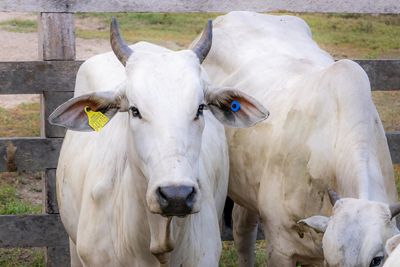
Quote: Dona Gorete
Individual cattle traceability gives us control over our herd, helps us manage sustainably, and opens doors to sell directly to high-value markets. For small producers like us, it’s not just about tracking animals—it’s about building a better future.
The Pará Model
The Pará model has grown beyond just the state: earlier this year, the federal government of Brazil announced a national plan to move cattle traceability nationwide. Traceability mechanisms can be harnessed to move the needle in reducing deforestation associated with other food products, such as soy. VISEC is a TNC-backed tool which tracks ecosystem changes and promotes deforestation-free soybean production in Argentina’s Gran Chaco dry forest. This initiative has already enabled verified deforestation-free soy shipments to Europe that comply with upcoming EU regulations, while helping protect one of South America's most threatened ecosystems. Taken together, all these programs are creating a new model for environmentally responsible agriculture across South America.
A win for the environment and the economy
Cattle ranching in Brazil has historically accounted for about 24% of global annual tropical deforestation. That is why changing the economics of cattle production will also change the future of the forest itself.
A recent study by Bain & Company and The Nature Conservancy (TNC) found that the Pará program could spur nearly 50% growth in value of the cattle industry. That’s because traceability opens doors to premium markets that demand deforestation-free beef. It also improves farm-level productivity by encouraging better land-management practices and providing smallholder farmers with access to new tools and technologies. Traceability is also a way to combat clandestine slaughter, ensuring all processing is regulated, duly taxed and contributing to legal economic growth for the state.
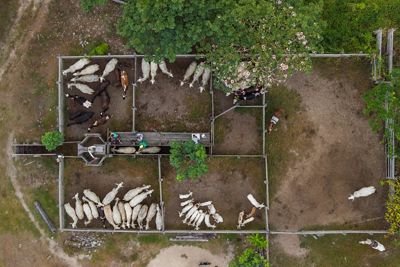
How cattle traceability works
- Tag & register. Each animal gets a unique ID that is entered in the SRBIPA database (Official Individual Bovid Traceability System of Pará, in English).
- Trace movements. Every transfer is logged, building a birth-to-processing chain of custody.
- Verify compliance. Movement data is cross-checked with the Rural Environmental Registry (CAR), which regulates where and how much native habitat can be legally cleared.
- Reward performance. Verifying the cattle unlocks access to a suite of public and private incentives, the opportunity to earn more by selling directly to a meatpacker instead of going through an intermediary, or even government-backed credit for producers that achieve environmental compliance. Transitioning to a deforestation-free model also ensures that ranchers are making the best use of their already-cleared land, increasing their overall productivity. Together, these mechanisms stack up to make deforestation-free cattle production the best choice for ranchers.

Inclusion by design
About 90% of Pará’s ranchers are small and medium producers. The rollout of the Pará Sustainable Cattle Program includes traceability, but also provides technical assistance, environmental compliance and credit pathways for ranchers so adoption of this new program is economically feasible—and benefits local communities. Smallholders with fewer than 100 animals can even receive free tagging services through a partnership between TNC and the state. By adopting the Pará Sustainable Cattle Program model, local communities will continue to benefit from the environmental services the forest provides, such as expanded freshwater availability and better soil health, as well maximizing the use of their already-cleared land, increasing their overall productivity.
There is also growing interest and investment from the meat industry. Meatpacking giant JBS has launched pilot programs aligned with Pará’s requirements and plans to scale up in the coming year. And in April, Carrefour—the highest-earning supermarket chain in Brazil—joined meatpackers in signing a statement of support for the Pará Sustainable Cattle Program.
This shows that the whole meat-producing industry—from the ranchers themselves all the way up to the supermarkets that sell their products—are lining up to support deforestation-free beef production.
Quote: Jose Otavio Passos
The Amazon is the home to millions of people who depend on the land to live with dignity. The Pará Sustainable Cattle Program is a strategic tool to fight illegal deforestation by promoting productive practices that respect environmental laws and value those who live and produce in the Amazon.
Traceability by the numbers
-
24–26M
cattle across ~295,000 ranches
See the report -
206.67K
head have been tagged by October 2025
-
110K
hectares of avoided deforestation every year
-
~45%
increased value in the Pará cattle sector
Read more

The Road to COP30 in Belém
As host of this year’s UN Climate Convention (COP30) in Pará’s capital city of Belém, Brazil is calling for an open, transparent and inclusive process at the COP—and emphasizing the importance of implementing global goals to halt and reverse deforestation and forest degradation by 2030 in a way that makes economic sense to the food system writ large.
Pará’s cattle story can become its legacy: farmers feeding the world without cutting down trees, children inheriting forests that still make rain, and a blueprint that other regions can adapt for their own food production. It’s one example of how what is happening in Amazon helps reshape our shared future.
